Isla du Pascua has one of the most isolated populations in the world. Come with us on a spectacular Easter Island photo journey.
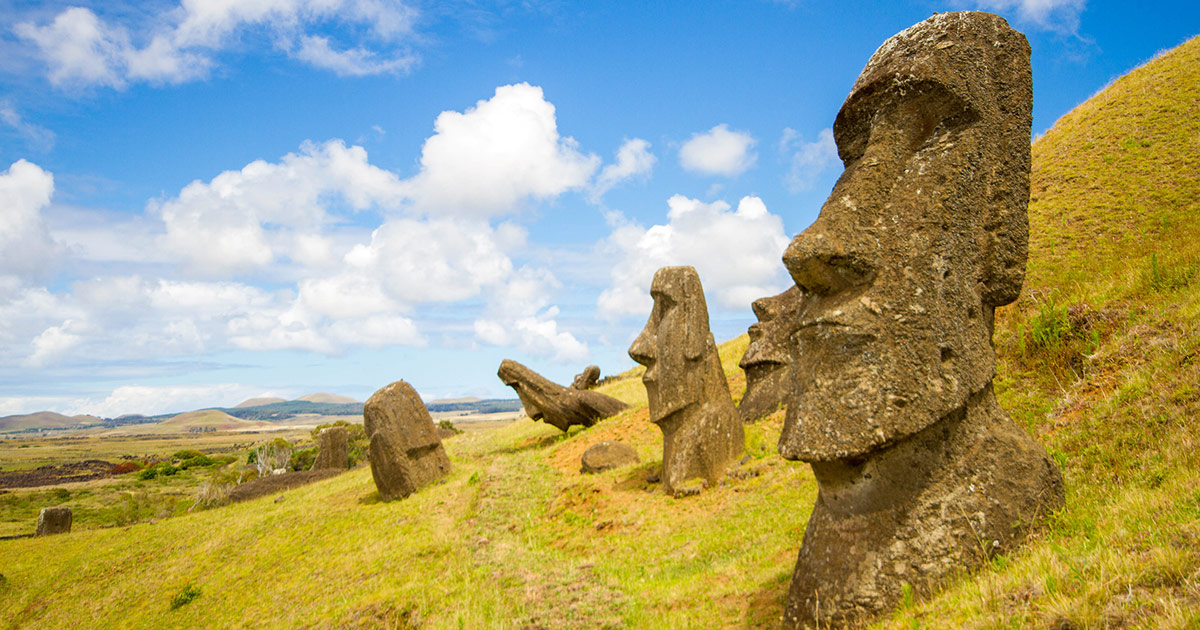
Easter Island, also known as Isla du Pascua and Rapa Nui has one of the most isolated populations in the world. Originally settled somewhere between 700 and 1200 CE by Polynesian Islanders, this South Pacific island has become one of the most incredible living examples of effects of overpopulation in existence. There is so much more to this Chilean province than many people expect when they arrive. We take a spectacular Easter Island photo journey to bring you some of the most incredible locations on this island of mysteries. Getting to Easter Island can be an adventure on its own. Easter Island is one of the most remote islands in the world. It’s nearest inhabited neighbor is 1,289 miles ( 2,017 km) away!
Hanga Roa
Table of Contents
Hanga Roa is the capital and only city on Easter Island. This tiny city hosts the majority of the island’s population of 5,800 people. Around 60% of the island’s population are Rapanui. The town has a hip vibe with excellent restaurants, quaint lodgings, and refreshing cafes to help visitors settle into this isolated island. Just outside the town lies a replica of the famous Moai that demonstrates how they would have looked in their original condition, gazing inland, before they were toppled during clashes between island clans.
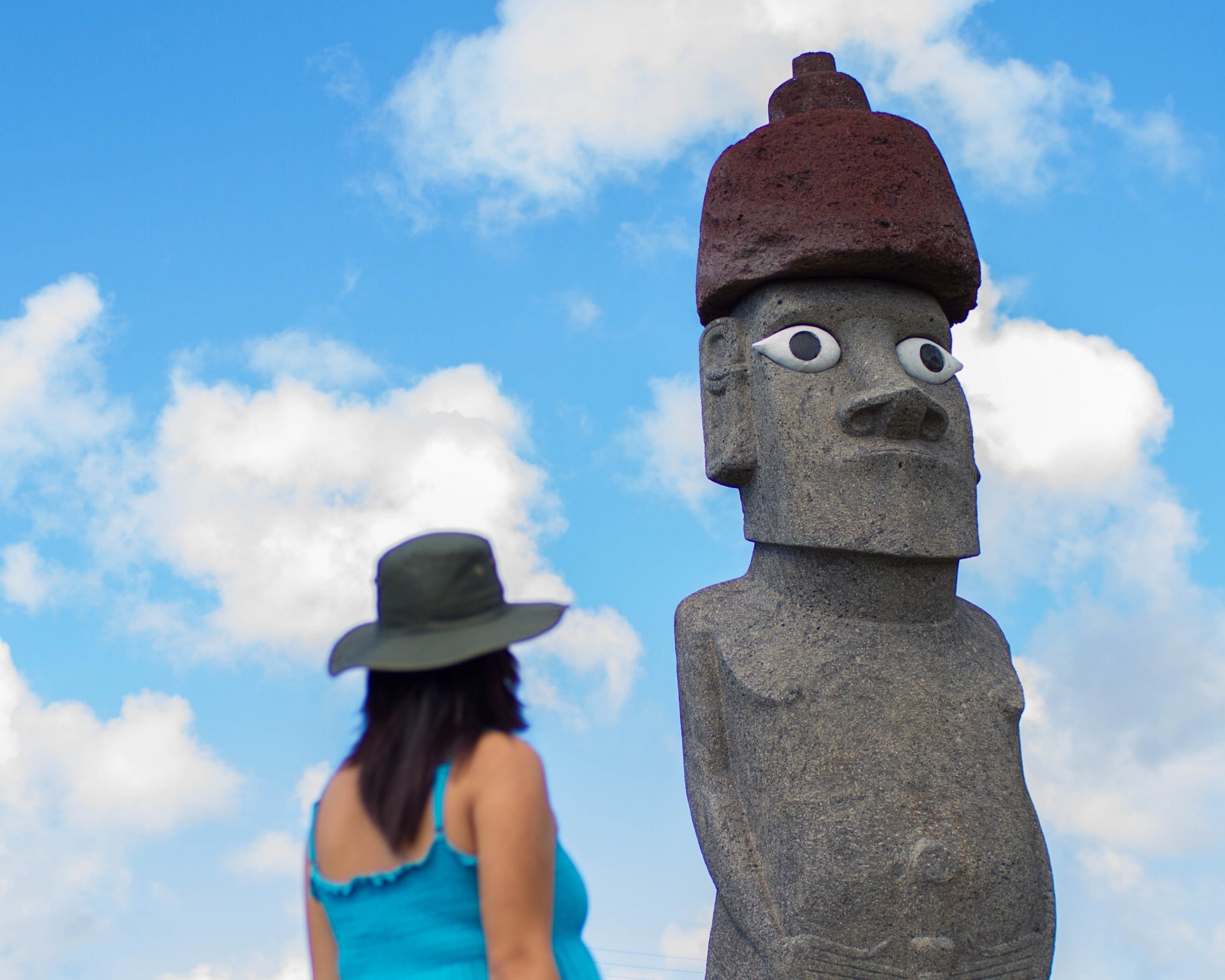
The marina in Hanga Roa offers a glimpse of the local fishing lifestyle. The waters surrounding Easter Island are teeming with life, and the abundant fish population helps to sustain the island’s human inhabitants. Visitors to the island can be treated with incredible seafood platters at the local restaurants.
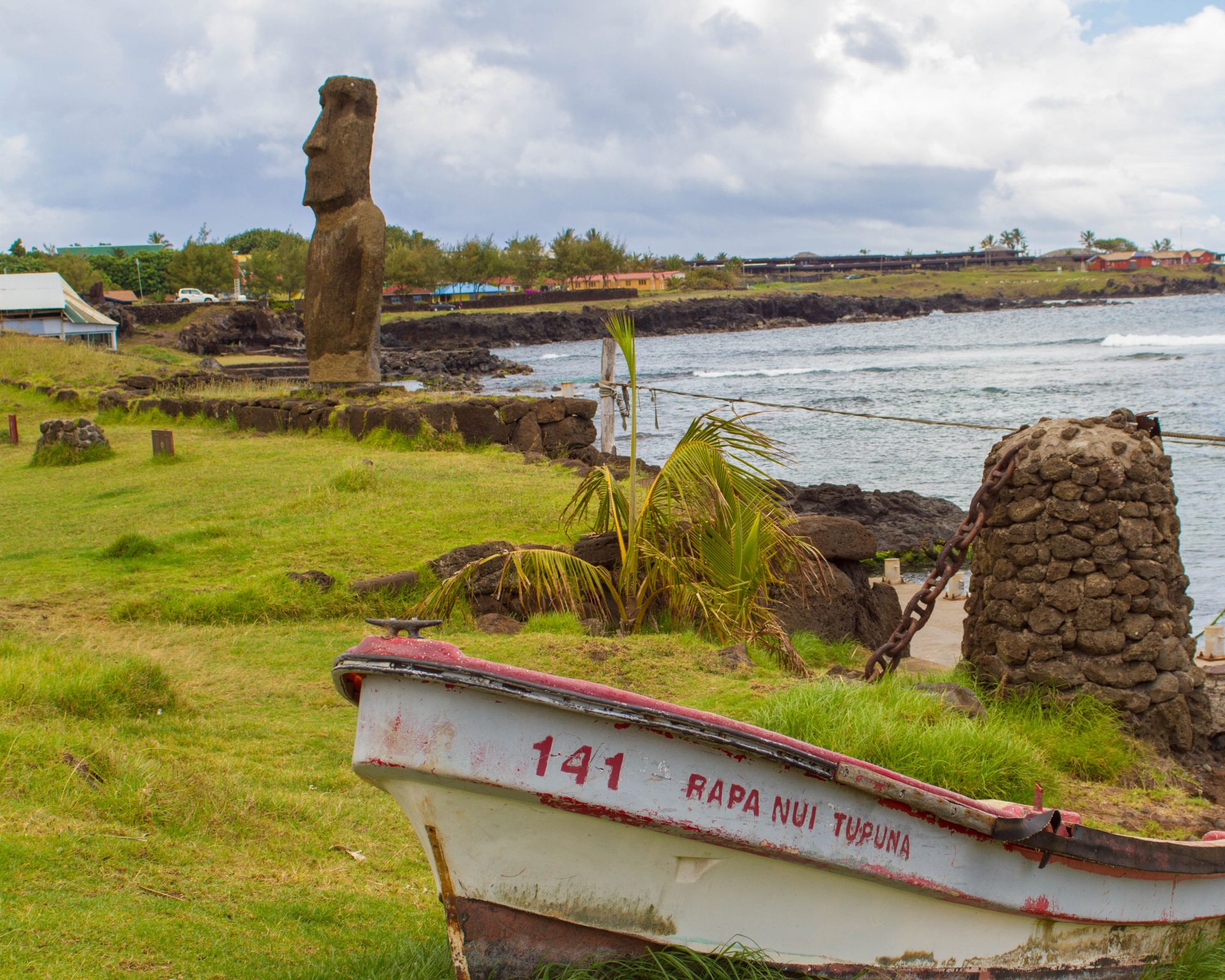
Rano Raraku
As we continue our Easter Island photo journey, we visit the famous Rano Raraku, otherwise known as The Quarry. This is where the Rapanui created the incredible moai that would grace the shores. This volcanic crater on the far east of Rapa Nui contains the volcanic ash the locals carved to create 95% of the mystical monolithic sculptures that guard the island.
Over 397 moai remain on the outer slopes of Rano Raraku, many still partially buried by the shifting soils, while others lie broken in a reminder that even great sculptors have bad days.
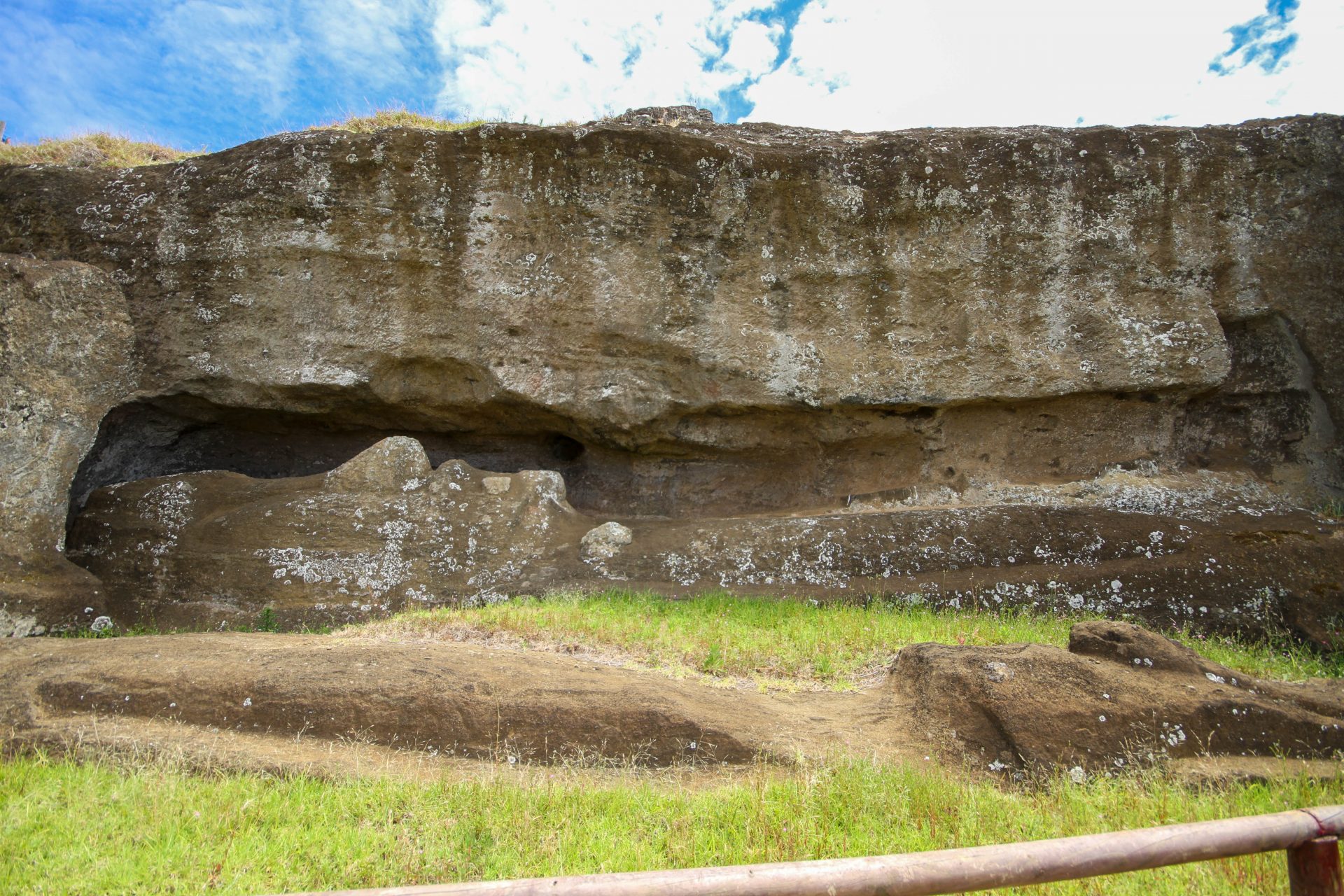
The view of these massive stone figures in various states of completion and disarray gives evidence to the massive amount of labour involved not only in sculpting these tremendous figures, which often consisted of not only the heads but shoulders, torsos and sometimes down to hips, but also of the work needed to bring these completed sculptures down from Rano Raraku to their final place of display on the shores of Easter Island.
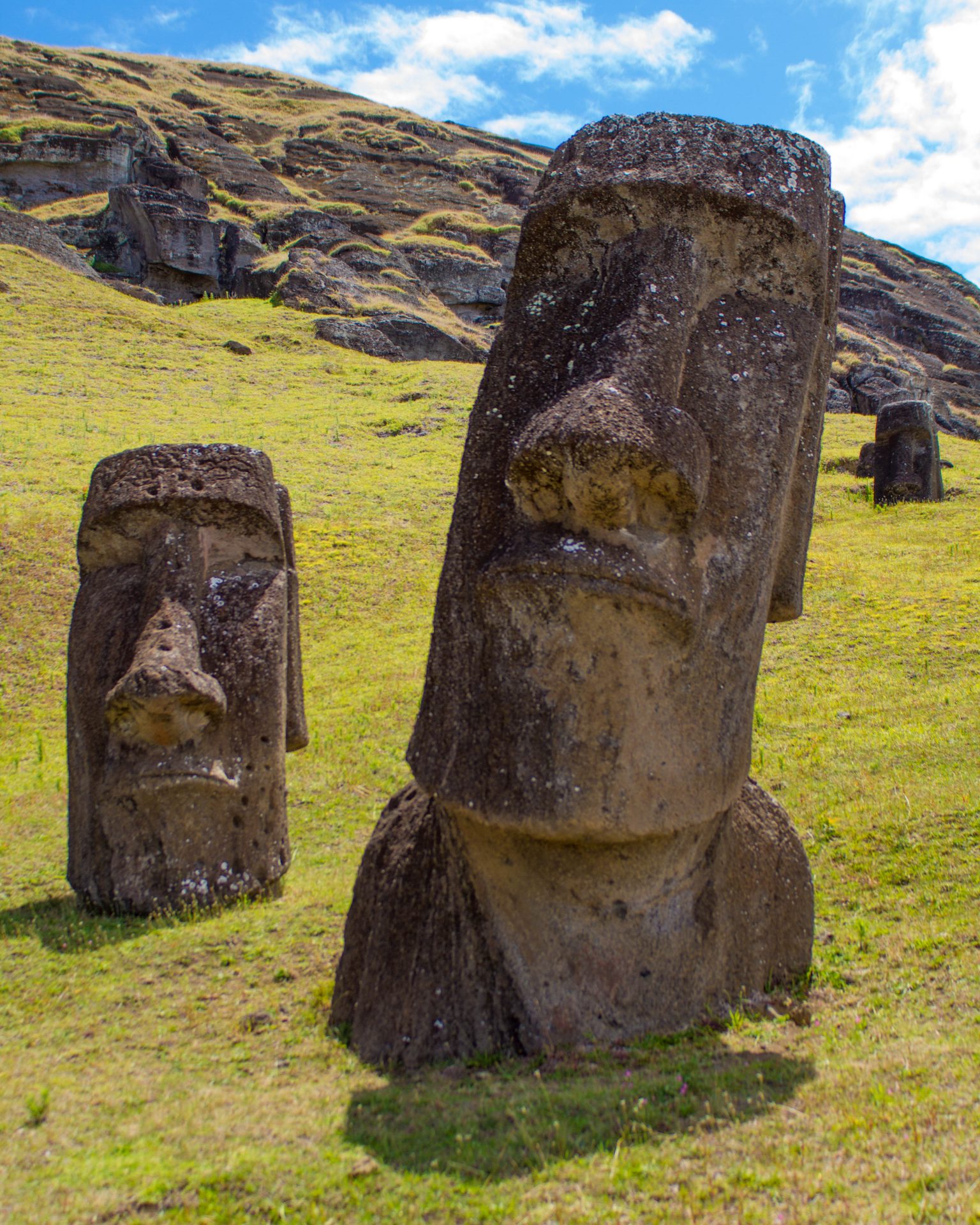
One of the most interesting moai found within Rano Raraku is Tukuturi. This moai is unique due to its bearded appearance, and the fact that it was placed inland and is sculpted to represent a kneeling figure.
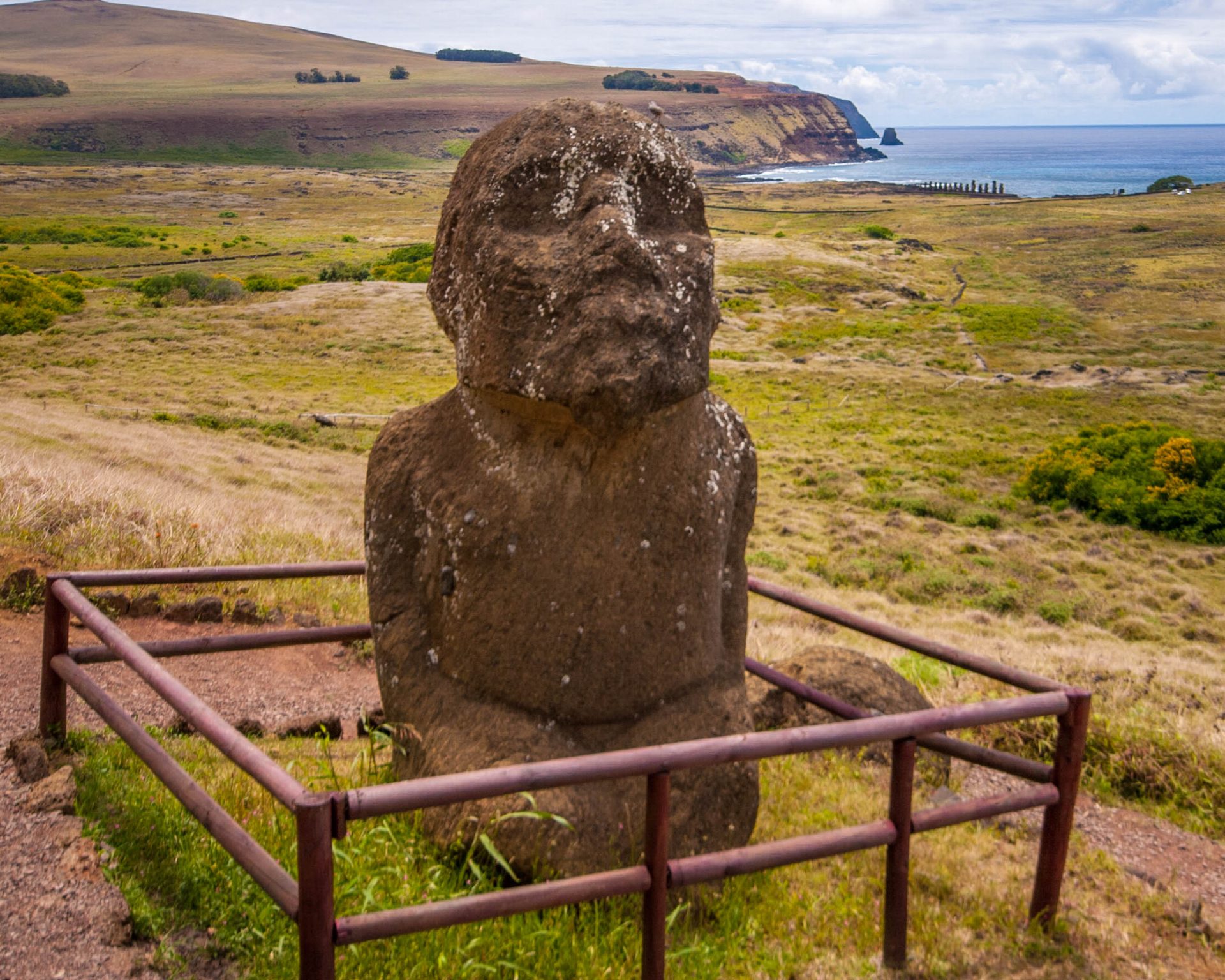
Ahu Tongariki
Ahu is the name given to stone platforms found throughout Easter Island. With 15 moai, Ahu Tongariki is the largest ahu found on the island. Like many of the moai on the island, those at Ahu Tongariki were knocked over during the island’s civil unrest before western explorers happened upon the island. In the 1900s, the ahu and sculptures were washed inland by a tsunami but have since been re-erected in their original place facing the sunset during the Summer Solstice.
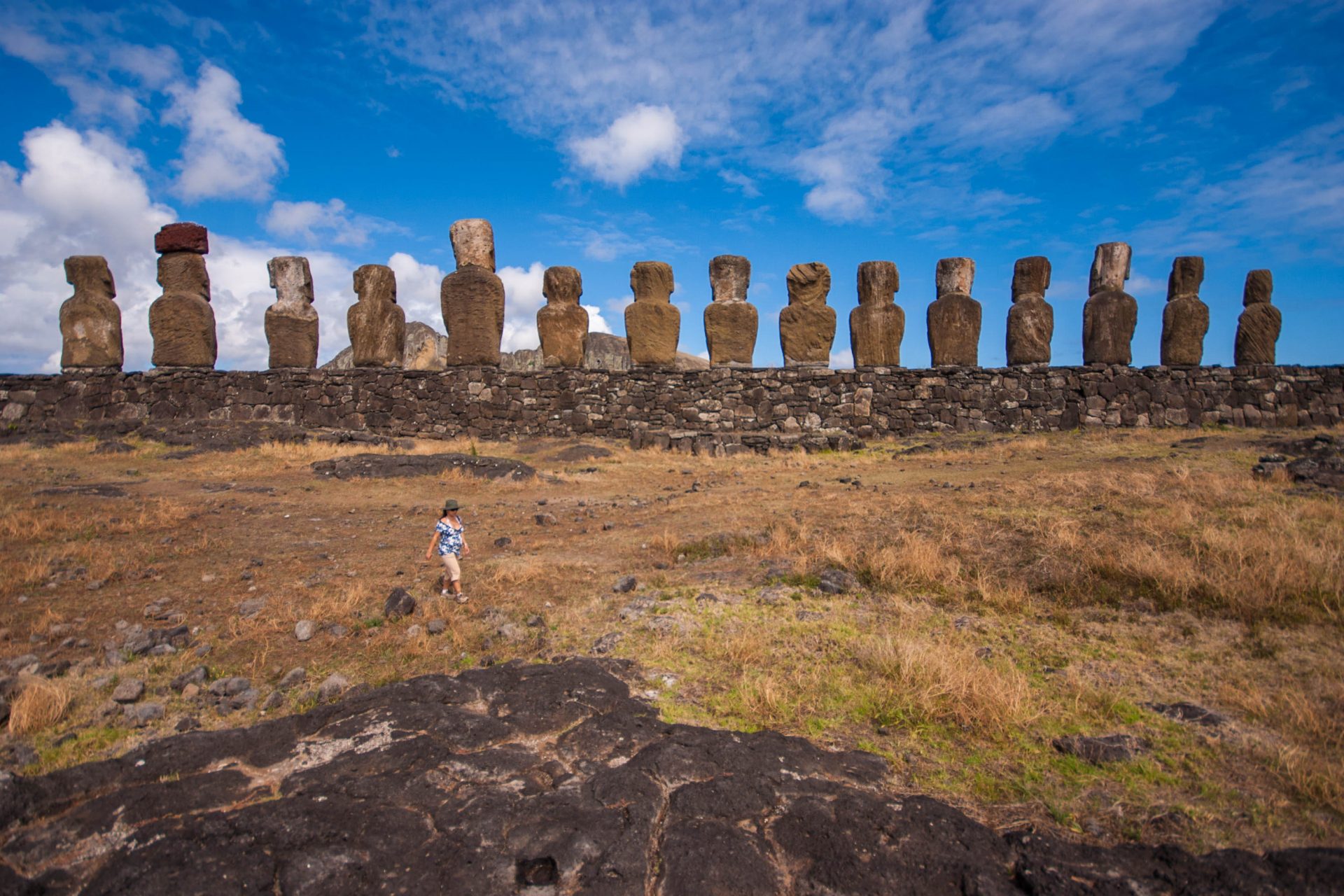
Nearby to Ahu Tongariki is the so-called “Travelling Moai”. This moai was given this name after wandering more than any other of the moai. It first made a trip from Rano Raraku to Japan where it was displayed at the World’s Fair and was used by western explorer Thor Heyerdahl, to determine how the locals moved the moai from place to place.
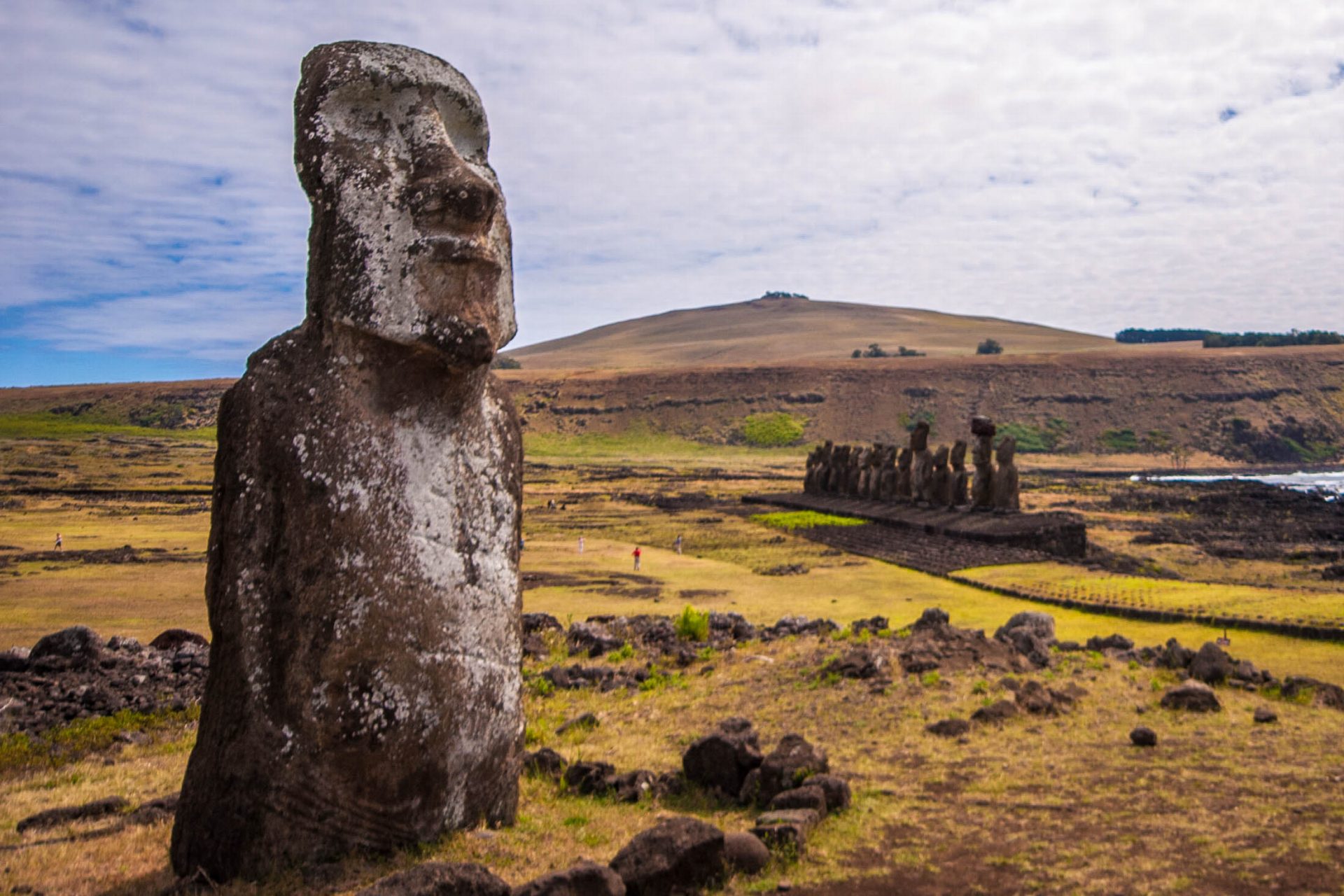
Ahu Te Pito Kura
Ahu Te Pito and Rano Raraku were the only two areas of the island which had moai still standing during the beginning of western influence on the island, but this location is not to be missed for another important and mystical reason. While the locals name for the island, Rapa Nui, is believed to translate to the “Navel of the World”, this area of the island is also commonly associated with the same phrase. It contains a very special rock that some claim lets off a magnetic force. Whether you feel it’s power or not, it’s a beautiful location and a great spot to stop and relax.
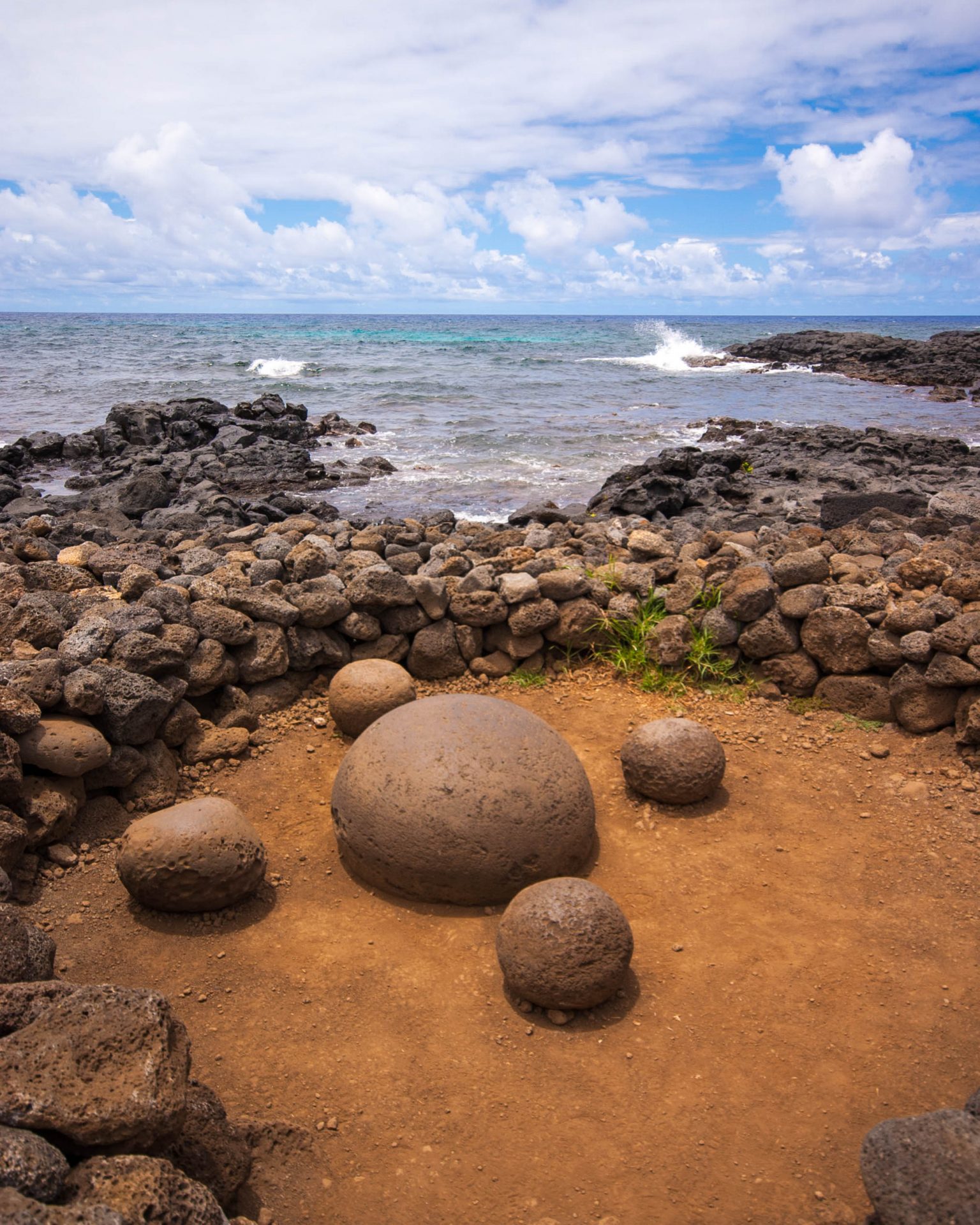
Ana Kai Tangata
One of the more unique items on our Easter Island photo journey is Ana Kai Tangata. Ana Kai Tangata is a famous cave on Easter Island that is known locally as “The Painted Cave”. This cave is easily accessible from Hanga Roa and it is believed to have been an ancient meeting place, or place of teaching on the island. The cave features paintings of birds drawn using natural earth pigments and animal fat. Unfortunately, the environment of the cave has led to them being rendered very difficult to see, but they are worth a visit.
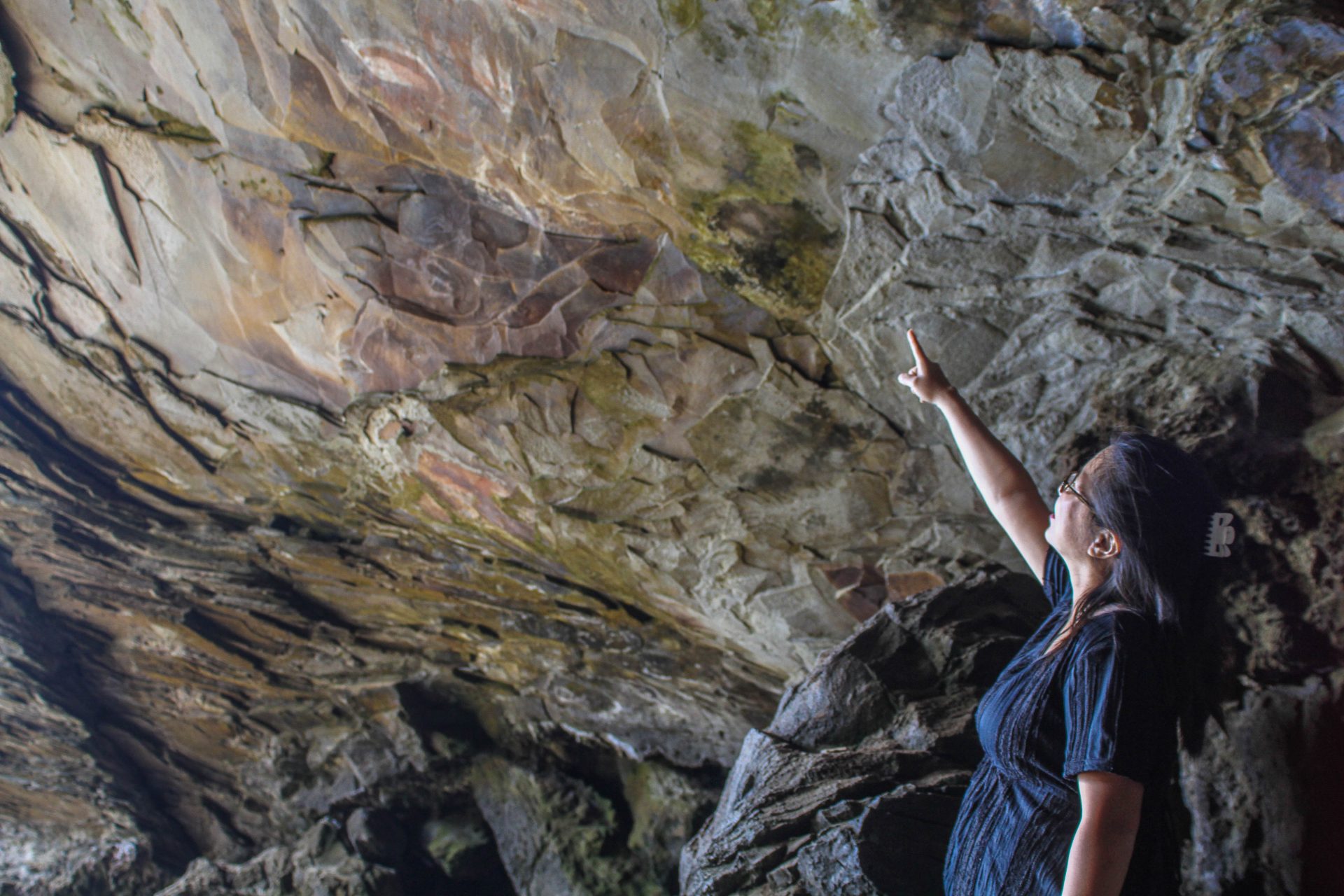
Petroglyphs and rock carvings
Makemake is believed by the Rapanui to be the creator of humanity as well as the god of fertility. Several petroglyphs depicting this deity can be found throughout the island, including areas just outside of Hanga Roa. Makemake was also the chief god of the bird-man cult and was believed to be in the form of sea-birds. Makemake can be seen in petroglyphs in the form of a man with a bird’s head.
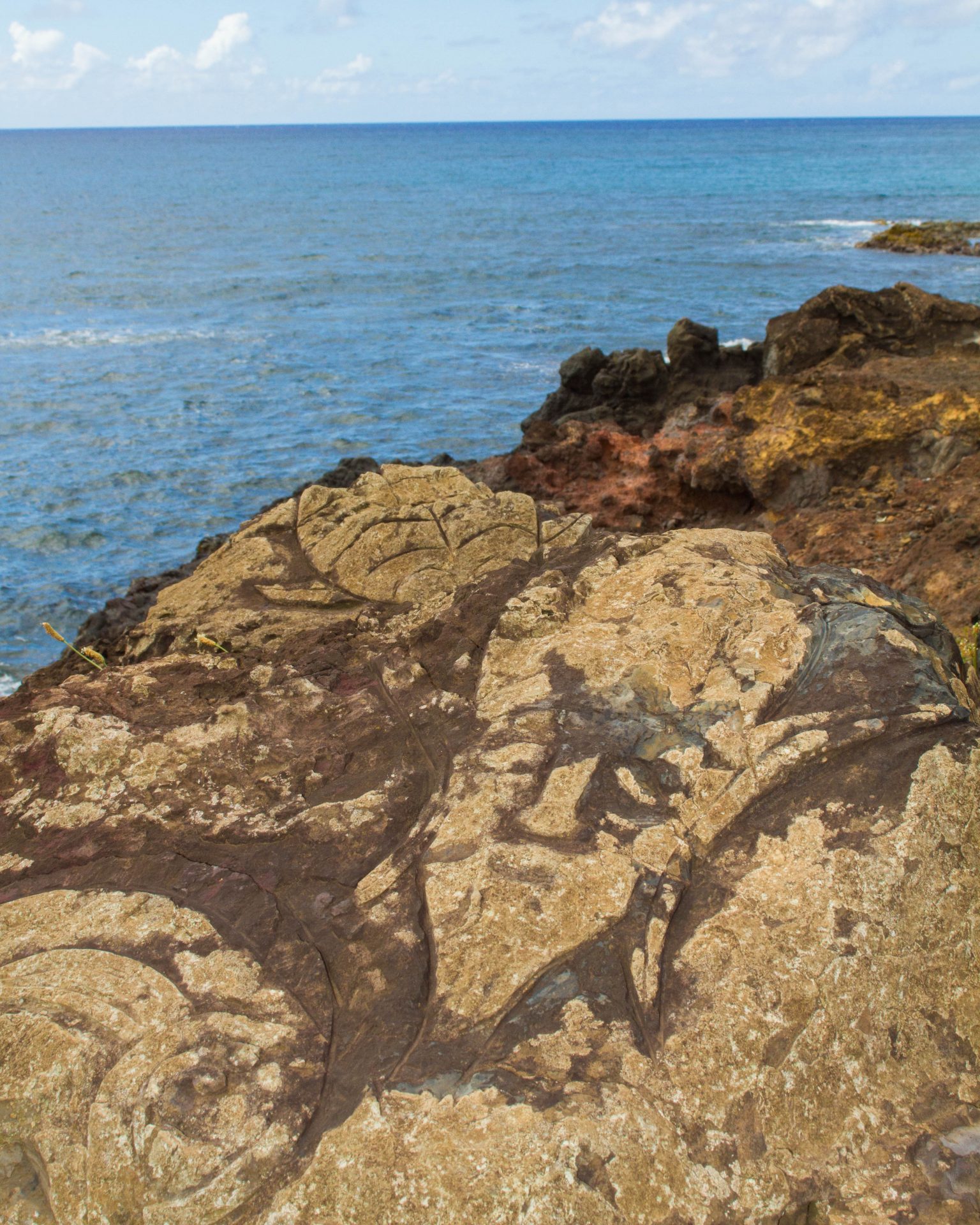
Rano Kau and Orongo
Orongo, on the southwestern tip of Easter Island, contains the remnants of a stone village which was the center of much of the key ceremonies during the islands later years prior to western occupation. It has several low, grass-covered buildings with rounded walls situated near the tip of the Rano Kau volcanic crater.
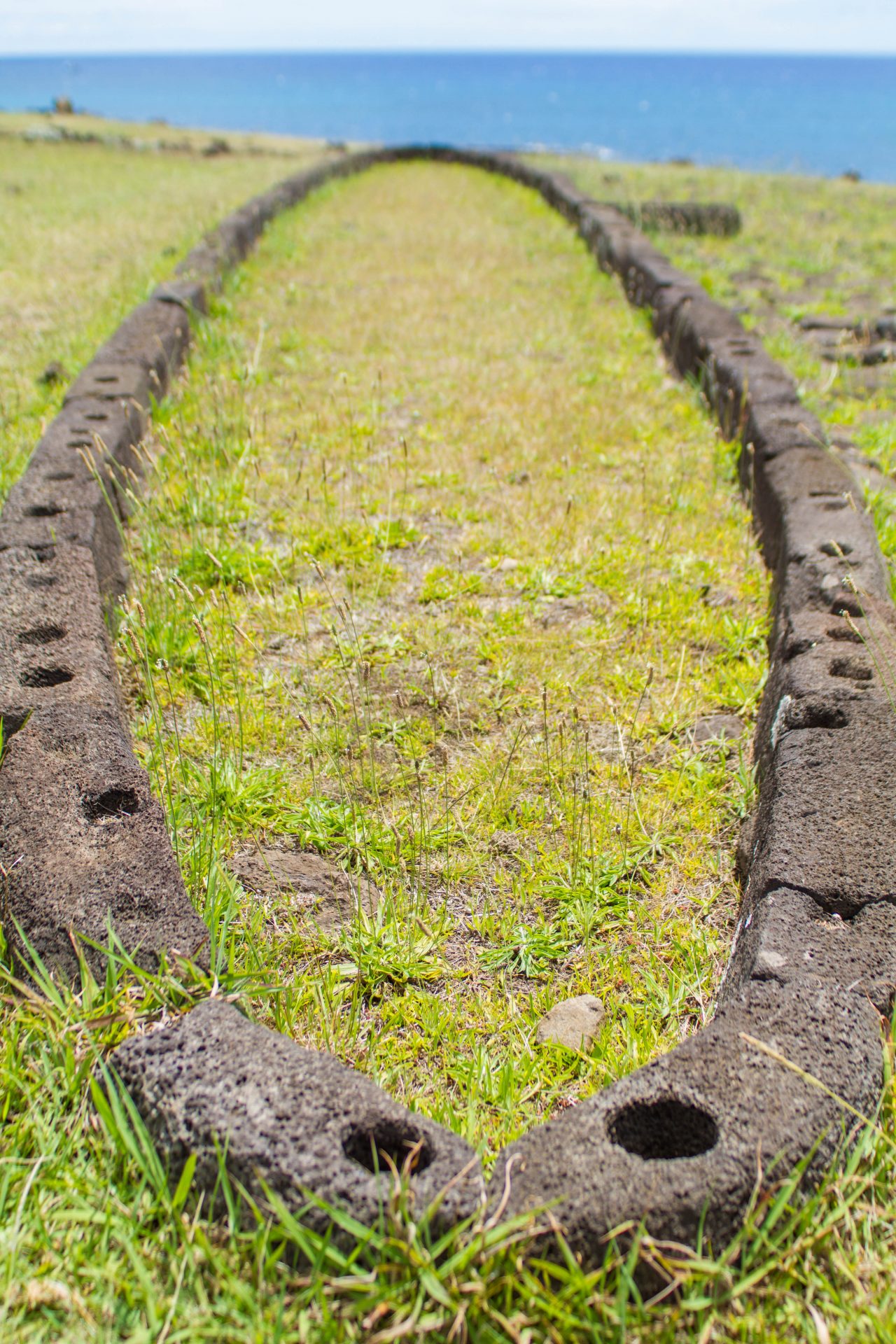
Rano Kau is one of the most colourful areas of the island. The base of the 300-metre walls of the crater is a gorgeous marsh. The marsh is one of the islands only three bodies of fresh water.
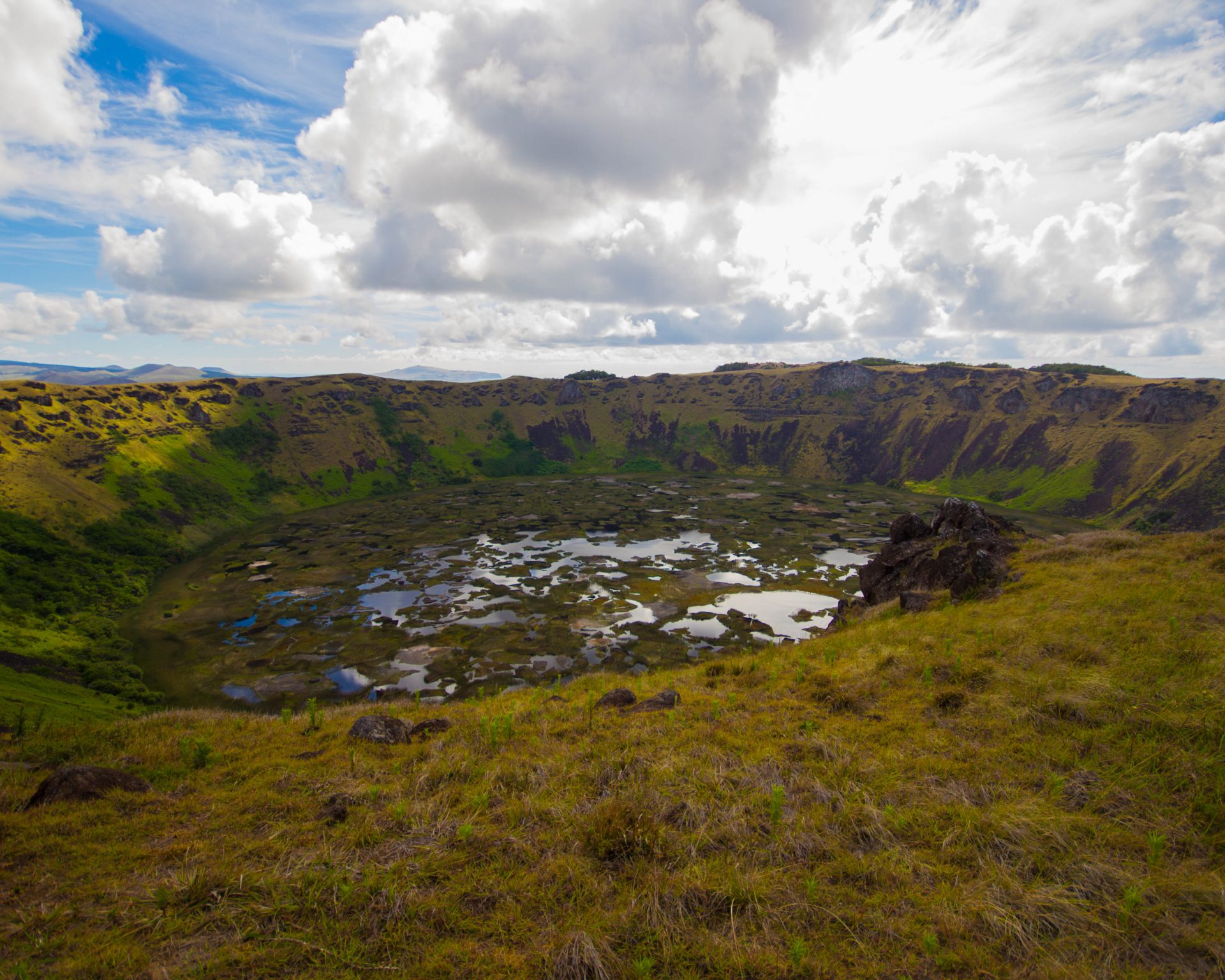
Rona Kau and Orongo were also central to the fascinating Tangata manu, or Bird-Man competitions that the islanders used during the later years to determine leadership. The Bird-Man was the winner of an annual competition whereupon they chose the greatest warrior from each tribe. This Tribesman would set out from Orongo to swim across through the shark-infested ocean waters to the islet of Motu Nui.
Once there, they would collect the first egg of the season of the sooty tern and then swim back to Rapa Nui. They would then have to climb the Rano Kau sea cliff and return the egg, undamaged to Orongo. The Tangata manu would be celebrated and given gifts while his clan would have sole rights to that year’s egg-harvest.
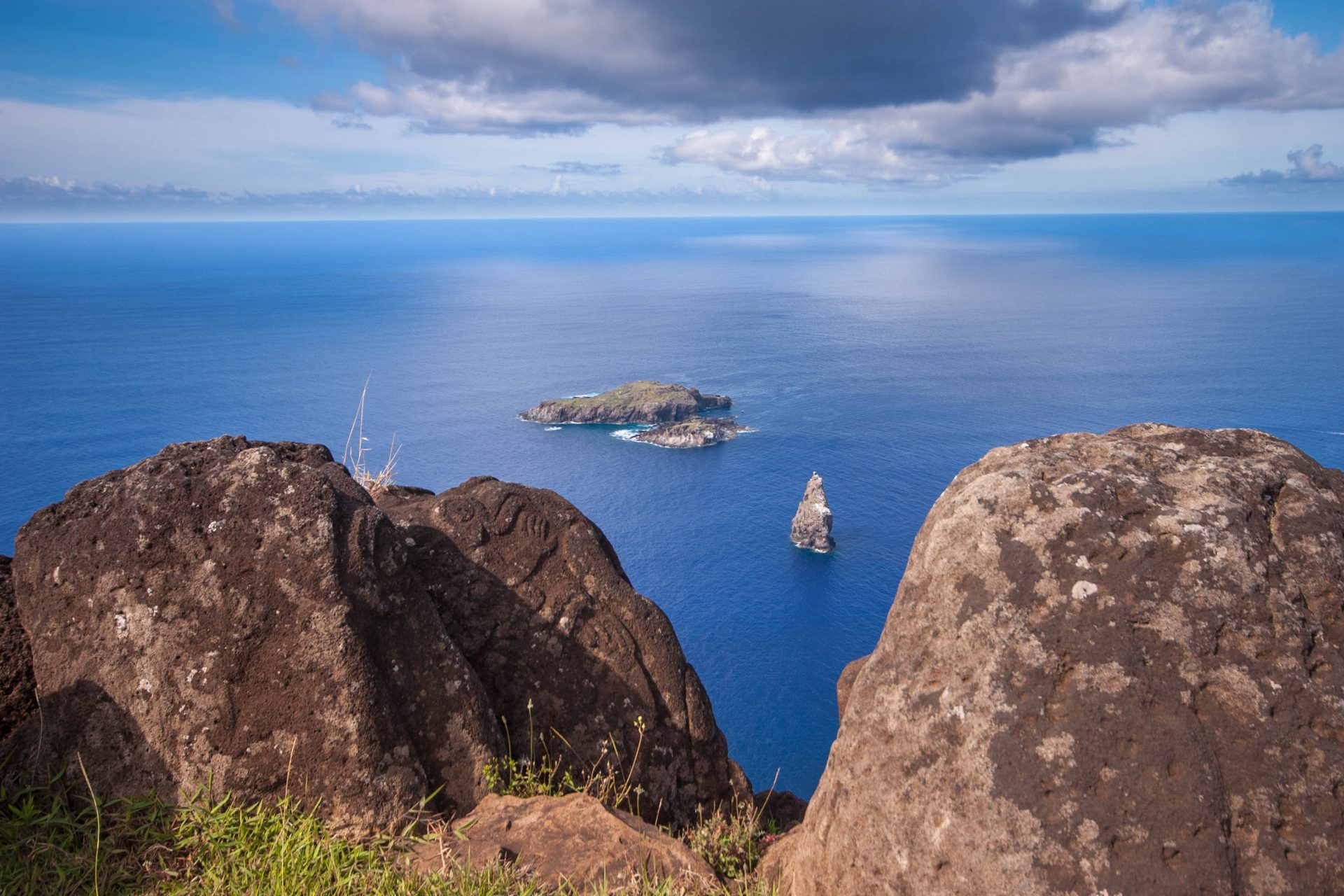
Wrapping up our Easter Island Photo Journey
Our Easter Island photo journey concludes at Rona Kau, high above the waters of the South Pacific. We only touched the essentials of visiting Easter Island, there are more ahu and moai scattered throughout the island that are worth visiting. The island offers so much to see beyond the moai as well.
Is Easter Island on your bucket list?
Wandering Wagars is a participant in the Amazon Services LLC Associates Program, an affiliate advertising program designed to provide a means for sites to earn advertising fees by advertising and linking to amazon.com, amazon.co.uk, amazon.ca. Amazon and the Amazon logo are trademarks of Amazon.com, Inc. or its affiliates.
You May Also Like To Read:
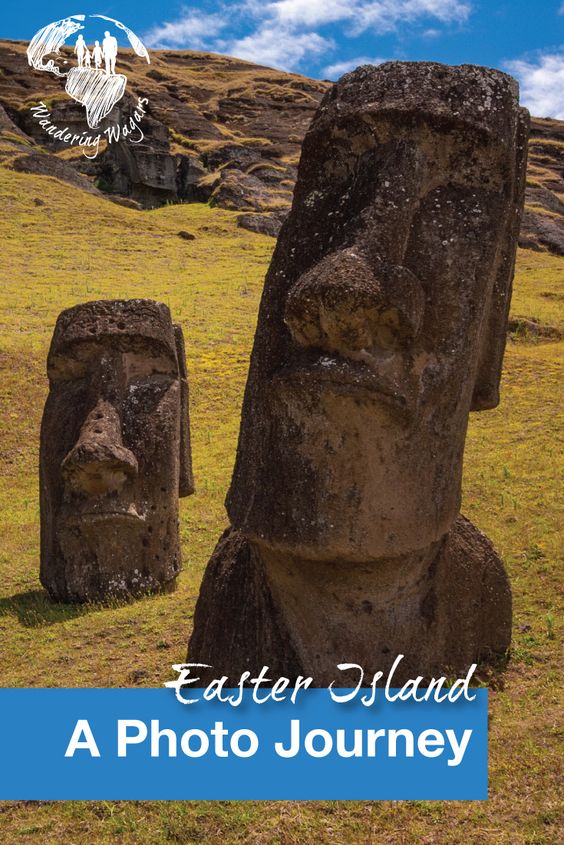
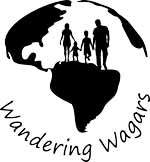
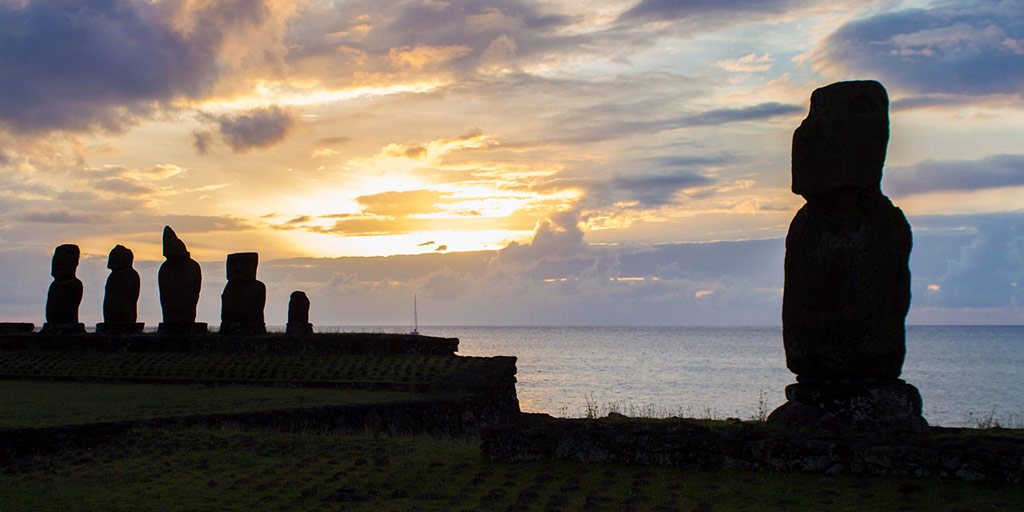
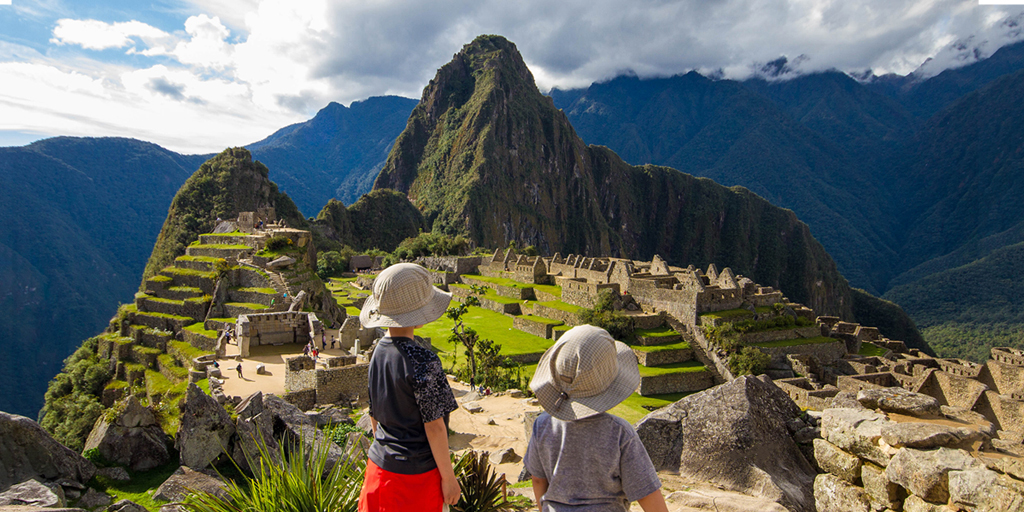
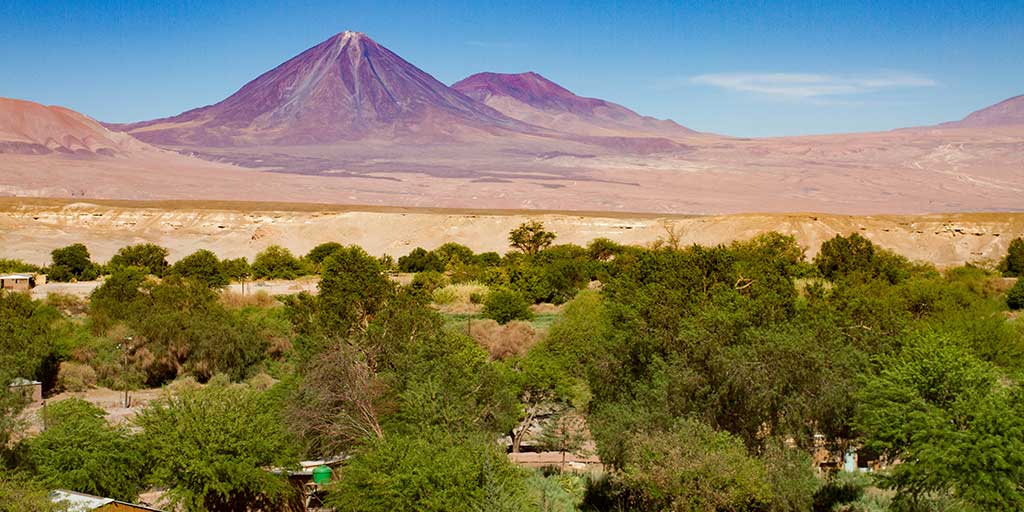
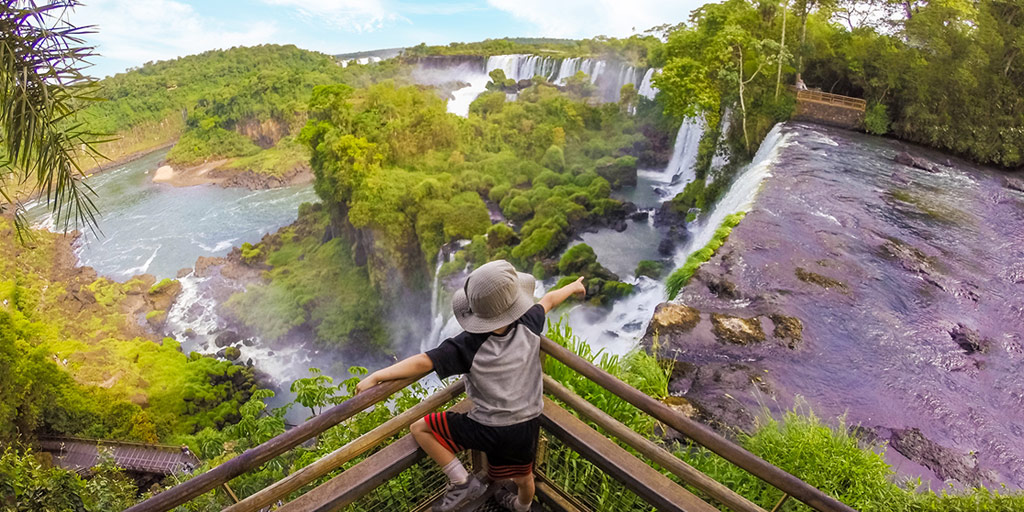
Cathy
Saturday 10th of September 2016
Did you feel the magnetic force of the rocks? I'm always curious:)
Ami
Saturday 10th of September 2016
For long I have been fascinated by these Moai . Thanks for such an informative and detailed post on these. I dont know when I can head here but I sure would like to see them myself.
Monika
Sunday 26th of June 2016
On my bucket list! The sculptures are absolutely fascinating in the pictures, they must be even better when you stand in front of them!
Morgan
Thursday 23rd of June 2016
I have always wanted to go to Easter Island. It has always fascinated me from a young age. This is a brilliant guide. :)
Kat
Thursday 23rd of June 2016
Easter Island is wonderful and historical. :) I would love to go here someday, and your post convinced me that I should. You're so lucky to be able to explore the island. I've read in an esoteric book that the statues in Eater Island were big because a set of early humans was also giants. I think that's interesting.
Kevin Wagar
Thursday 23rd of June 2016
That's a really cool myth Kat, one that I hadn't heard yet!